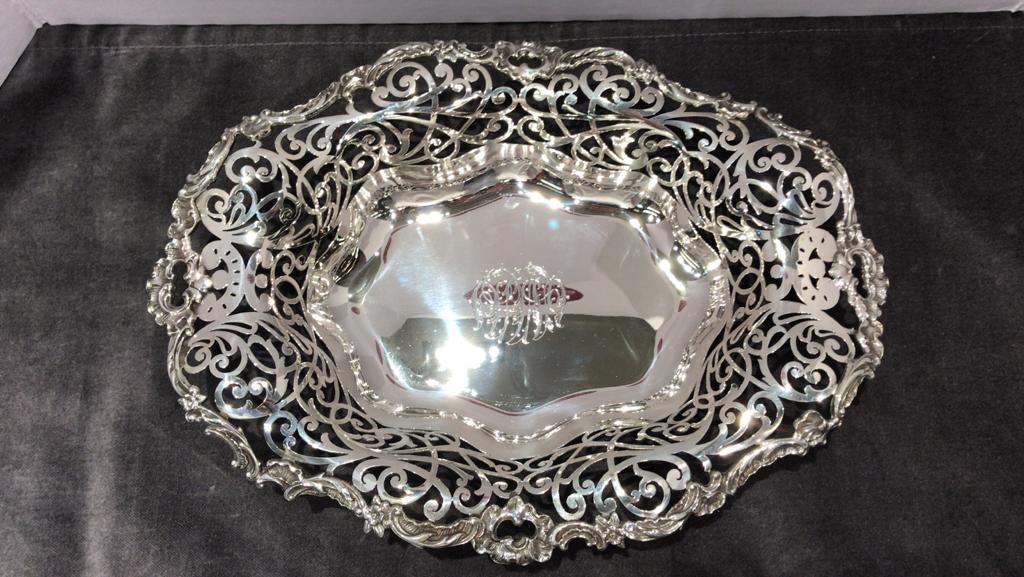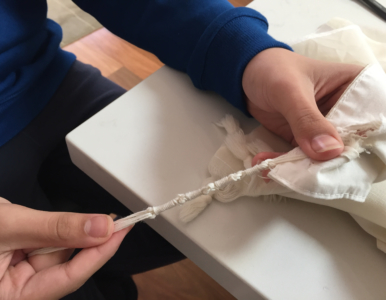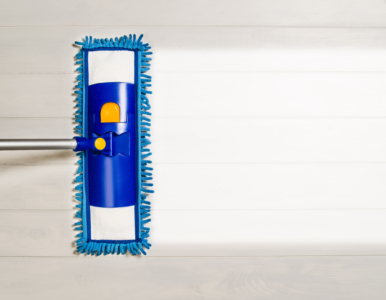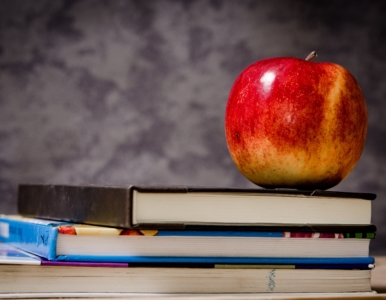Let’s talk silver. Whether you’re a fan of silver or not, chances are you own a couple of pieces, and therefore can benefit from this article. We sat down with Mr. Pinchas Rubin from Grand Sterling, located in Brooklyn, NY, to discuss what to do about those tarnished items on your shelf. But first, let’s get a bit of a background on silver in general.
Is the silver we purchase today pure silver, or a mixture of other compounds?
In today’s day and age, silver pieces manufactured for personal use are derived mostly of silver, but also some copper. Pure silver is primarily used to produce silver coins. Therefore, for the purpose of this article, the silver we will be discussing is sterling silver, otherwise known as the silver most of us own. This is comprised of 92.5% silver, and 7.5% copper. (That’s what that ‘925’ on your silver pieces stand for.)
When silver tarnishes, it will turn black over time. This is referred to as patina. Many collectors of silver value the patina of their pieces, and would be horrified by the idea of anyone polishing it away. However, in today’s world, we are constantly exposed to shiny, beautiful new pieces of silver. Because of this, most will dislike the look of tarnished silver, and search for ways to keep their silver from discoloring.

Why does silver tarnish?
Silver will always naturally tarnish over time. Silver that comes into contact with any substance that has sulfur will tarnish more quickly. The most common source of sulfur is air pollution. In sterling silver, it is the copper part of the sterling silver that accelerates the tarnishing. This is not to say that pure silver will not tarnish, only that it would take longer for that to progress.

How do I keep my silver from tarnishing?
The main recommendation of most experts is to keep the silver in a sealed plastic bag or cabinet, in a low moisture area.
In addition, there are two methods to get rid of whatever tarnishing already exists.
1. Polish it, either professionally or on your own. Mr. Rubin says that many people do choose to come in to get their silver polished professionally. Those who choose to polish their own silver can ultimately get frustrated, since they can’t seem to get the silver to look as shiny as it once was, but some do enjoy the fact that they can be in control of the process, and really get into every nook and cranny.
2. When purchasing the piece of silver, many choose to lacquer it, to avoid having to polish it at all.
Note: Polish is abrasive, and so it is normal for scratches to appear in the silver. Since silver does get professionally polished prior to lacquering, it can be considered abrasive as well. However, the lacquering is done more sporadically, so it may actually be better for your silver.

What is lacquer?
Lacquer is essentially a clear layer of protection over your silver piece, ultimately protecting it from tarnishing. If taken care of properly, a piece that was lacquered should not need to be redone for several years.
These days, this is a popular choice. As our lives grow busier than ever before, we find ourselves searching for ways to cut out some of the chores that are time consuming and we hate doing. Hence, lacquering.
What to know about lacquering:
- Most love the lacquering since it takes away any headache of polishing.
- Don’t put hot water directly on the piece that was lacquered. This will potentially ruin the lacquer.
- Don’t polish a piece that was lacquered. The lacquer needs to be professionally removed.
- Some do not like lacquer, as there is no ability to ‘fix’ any small imperfections once the lacquering is done.










